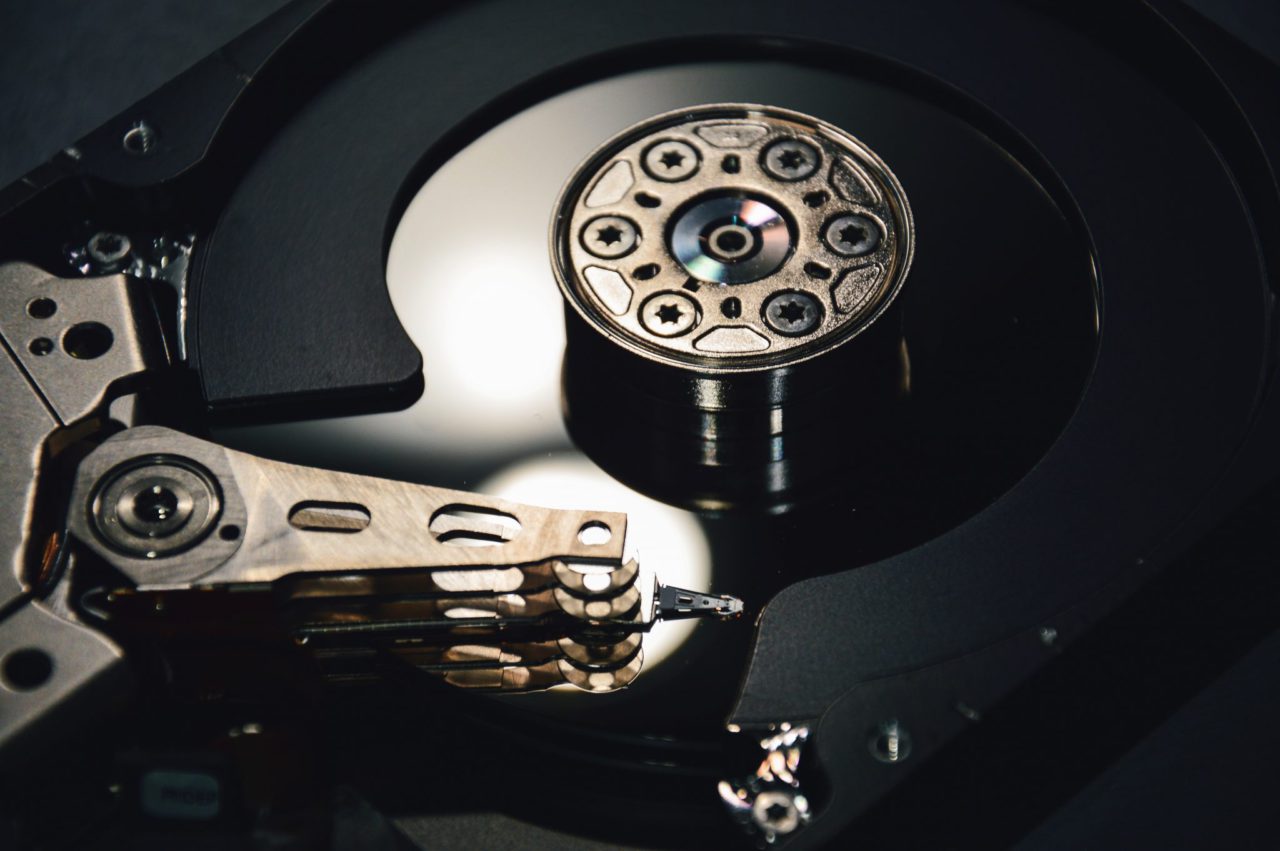
In the field of storage, you used to be able to simply buy enough hard drives to fill your space needs and you would end up with sufficient disks to fulfill your performance needs. Unfortunately, with hard disks getting so large, this is no longer the case.
To make matters worse, when you start moving from Directly attached storage to a Storage Area Network (SAN), the problem is compounded. In a SAN environment, you now have multiple servers competing for the same resources, whereas previously you had one server and it had its own set of hard disks. With direct-attached storage, one server could not affect the disk performance of the other servers in the data center because the disks were physically separated.
When planning your storage infrastructure, there are really two main things you need to focus on:
- How much performance do you need?
- How much space do you need?
Because of the large disk capacities of today, you can really focus on performance to start with, and you will naturally end up with enough disk space for most deployments. If you focus on space and ignore disk performance in your planning phases, you won’t be very happy with your results.
Disk performance in the SAN world is typically measured in Inputs Outputs Per Seconds (IOPS). Prior to moving to a SAN setup, you need to first measure the total IOPS of all the servers you plan to migrate to your shared storage; then use that as your baseline performance requirements; then of course plan for growth. I will go over how to take these measurements in a future article.


